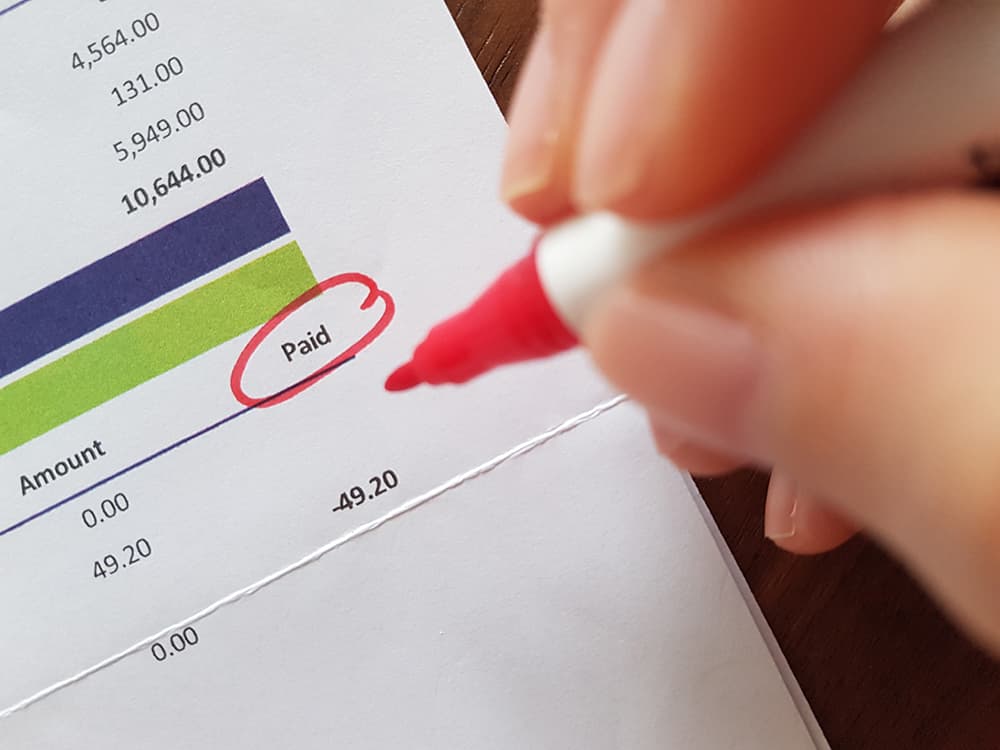How to make the most of your recurring payments system.

From dog treats delivered monthly to regularly supplied razors and makeup kits, subscription billing is all the rage these days. Given this fact, you might well be wondering if it makes sense to integrate it into your own business model.
If you do decide to take the subscription service plunge, let’s take a look at how to maximize its effectiveness.
The advantages of implementing recurring billing for the merchant and customer.
As an entrepreneur, you already have enough to do in the daily operation of your physical or online store. Why should you go through the trouble of adding a recurring billing solution to your online payment processing system? It turns out, there are a number of reasons.
• Provides you with predictable cash flow.
• Gives customers access to goods and services without interruption.
• Reduces late payments and cuts down on administrative costs.
• Changes the focus from negative conversations with late-paying customers to positive discussions about your products and services.
• Offers increased security. Just make sure you partner with a merchant services provider who offers PCI-compliant payment gateways featuring certified, point-to-point encryption and tokenization.
• Allows for easy plan changes and subscription enhancements, frequently converting trials to sign-ups.
• Facilitates increased customer retention.
Meanwhile, those customers also reap the rewards once you have a subscription billing solution in place.
• Gives consumers choices and the ability to fit ongoing purchases into their budgets.
• “Set and forget” automated payments reduce anxiety about forgetting to pay.
• Offers regular, positive exposure to your brand via ongoing deliveries.
• Allows for flexibility to alter payment details easily and independently, or to change subscriptions.
• Simple model makes it possible for one-time entry of billing information, encouraging additional spending.
With all of these advantages, it makes sense to do everything you can to incorporate subscription billing into your payment offerings.
Set it up right.
Getting started with recurring billing is not difficult and doesn’t require that you purchase new hardware. Before you sign up your first customer however, tell your payment processing partner that you want to accept recurring payments.
They should be able to apprise you of anything you need to know to initialize their specific systems for subscriptions.
Recurring payments are processed just as other phone or internet payments are. First, submit the proper queries for the right to use the card. Verify that the cardholder’s identity is valid.
The sales receipt should include the phrase “recurring transaction” and should indicate the date and time that future payments will be withdrawn from a specific account. Then, securely store that information for your records should questions come up in the future.
Keep security in mind.
All sensitive customer payment data should be safeguarded and kept up to date. This can be an extremely time-consuming process, especially if your business is large. For that reason, you may want to outsource the job to a third party or partner with a company who offers a PCI compliance program.
By the same token, you want to make security one of your highest priorities when it comes to your payment system. Don’t try to cut corners when it comes to keeping data protected from hackers.
Excess frugality or a failure to become and remain PCI-compliant could lead to costly chargebacks and might even cause you to be the victim of a data breach.
Give careful attention to writing clear policies.
Subscriptions are supposed to flow along smoothly from month to month, but nothing can get in the way of a streamlined system faster than customer confusion. Much buyer consternation stems from poorly written return and subscription change policies.
However, the good news is that you have the power to improve the messages you distribute. Remember, a fully-informed customer is far less likely to institute a chargeback and, by the same token, is far more likely to continue doing business with you.
Communicate clearly and often.
Providing transparent information regularly is key to the success of your Recurring Billing Program. Label all billing transactions as, “recurring” to ensure that customers know why they are being charged. Give them advance notice each time you are scheduled to make a withdrawal.
Finally, inform them of any changes or upcoming card expirations.
Obtain regular feedback from customers.
Customers who feel listened to are happier and more likely to remain subscribers. Regularly ask how well your Recurring Billing Program is meeting their needs, and take constructive criticism to heart.
Opinions that are shared by several buyers might signal that you need to make a change and could even yield detailed suggestions that you can implement.
Only use payment data for its agreed-upon purpose.
Once you are given a treasure trove of facts about a customer, potentially including their address, DOB, and credit card type, you might be tempted to employ this information for marketing purposes. Could it be so wrong, for instance, to sneak a peek at a buyer’s birthdate and then send them a card including a coupon just before the big day?
As it turns out, the answer is yes, it could be so wrong. You should only employ the details that buyers give you for their recurring payments. Furthermore, you should never keep someone’s credit card CVV data on file for any reason as doing so could result in lawsuits and other penalties.
Using the recurring billing model in your business can be a win-win for you and your customers. Follow these tips to give your subscription service as much bang for your buck as possible, and everyone will reap the rewards!






















